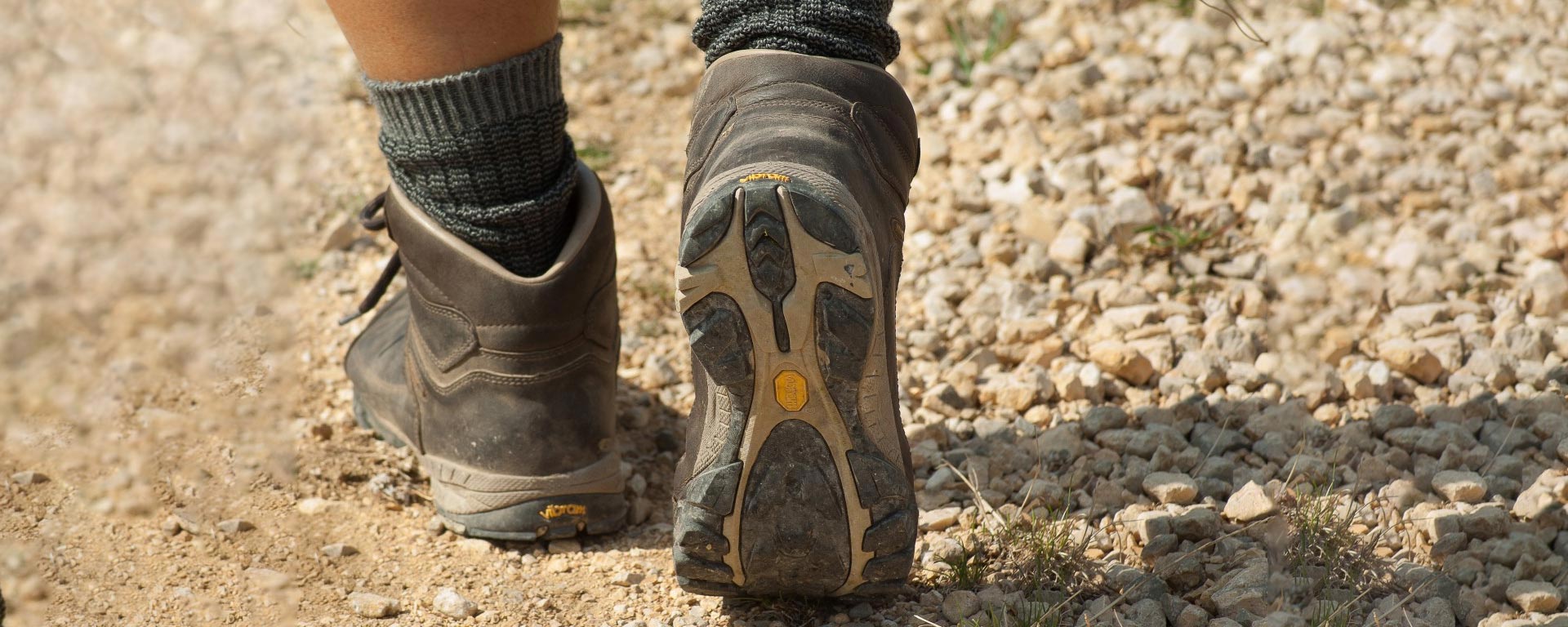Plantar fasciitis is characterized by an agonizing heel pain when you walk. This condition happens when your plantar fascia, a thick band of connective tissues at the base of the foot, is inflamed due to overuse injuries, playing high impact sports, wearing tight and uncomfortable shoes, and obesity.
This condition is so common that it affects more than 2 million people each year in the United States. Invasive surgical procedures are not usually needed to treat the condition as plantar fasciitis is self-limiting. With proper lifestyle modification, you can effectively manage the pain and achieve full recovery.
Make stretching a habit
The mild to excruciating pain brought on by plantar fasciitis might prevent you from doing activities involving the use of your feet. Doing stretching activities such as calf stretches can help ease the tension in your plantar fascia, thereby relieving plantar fasciitis pain.
To do calf stretches, stand an arm’s length away from a wall with one foot in front of the other. Place your hands flat on the wall, about shoulder level, and lean forward. Bend one of your knees of your front leg while keeping the other knee straight with its heel on the ground. In this position, you can feel the muscles of your calf stretching. Hold this position for about 10 seconds and repeat on the other leg.
After 10 seconds, stand up straight, and relax. Repeat this exercise 20 times on both legs.
Wear a night brace when you sleep
Painful heels and foot arch can keep you up at night and reduce your quality of sleep. Wearing a plantar fasciitis brace for night use can help relieve plantar fasciitis pain by immobilizing and compressing your leg and foot, keeping your plantar fascia in a neutral position and allowing you to have a good night’s sleep.
A plantar fasciitis brace looks like a pair of boot-strap sandals with adjustable straps. Wearing night splints while you sleep also helps in reducing the pain of your first steps in the morning.
Numb the pain with ice
Plantar fasciitis pain is caused by inflammation and swelling of the plantar fascia ligament. To minimize the swelling and reduce the pain, you can apply an ice pack to the affected area. If you don’t have an ice pack, you can use a bag of ice cubes or frozen peas as an alternative. Cold therapy works best if you elevate your feet above heart level as gravity will help prevent further swelling.
Use shoe inserts
You can minimize heel pain by using shoe inserts or orthotic insoles, which provide additional support to your plantar fascia most especially if you have flat arches. Also, your feet will absorb less impact in each step you take.
Shoe inserts are not only for shoe use. There are also types that you can wear together with your home slippers or sandals. Some shoe inserts come in the form of compression bands while others are made from a silicone material that you can stick to your feet.
Modify your activities
If you developed plantar fasciitis, it’s better to avoid doing high-intensity and high-impact activities such as running, gymnastics, soccer, and football. If you keep doing high impact activities without moderation, these can further damage your feet and delay the healing process.
You can still continue living an active lifestyle by doing low-impact exercises instead such as cycling, swimming, and yoga. Consult your podiatrist for activity recommendations.
If your heel pain continues to persist for 6 months despite doing these home remedies, your doctor might advise you to undergo a plantar fascia release surgery. In this rare surgical procedure, your surgeon will cut the affected plantar fascia tissue to release some of the tension in your heels.


